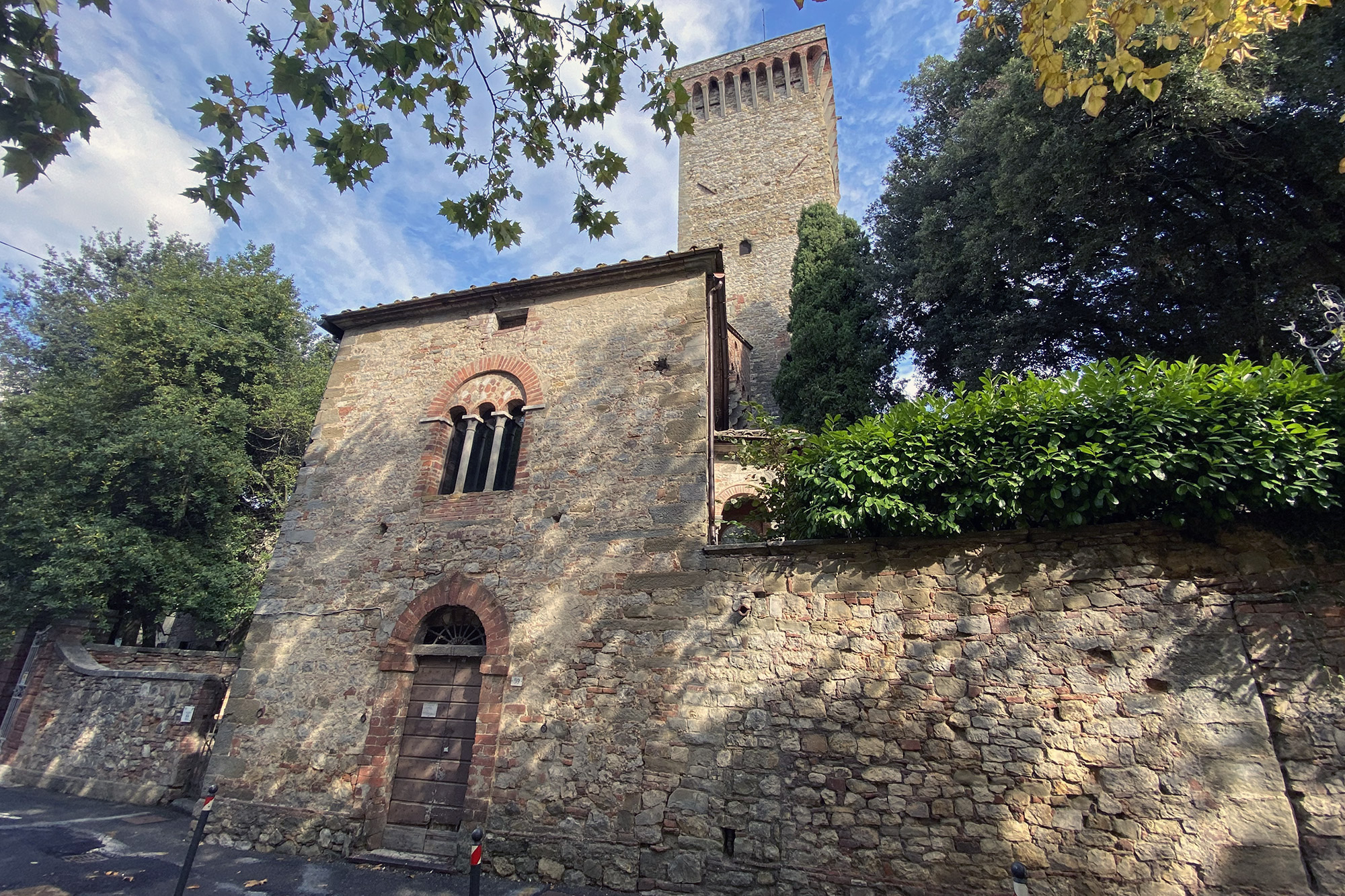
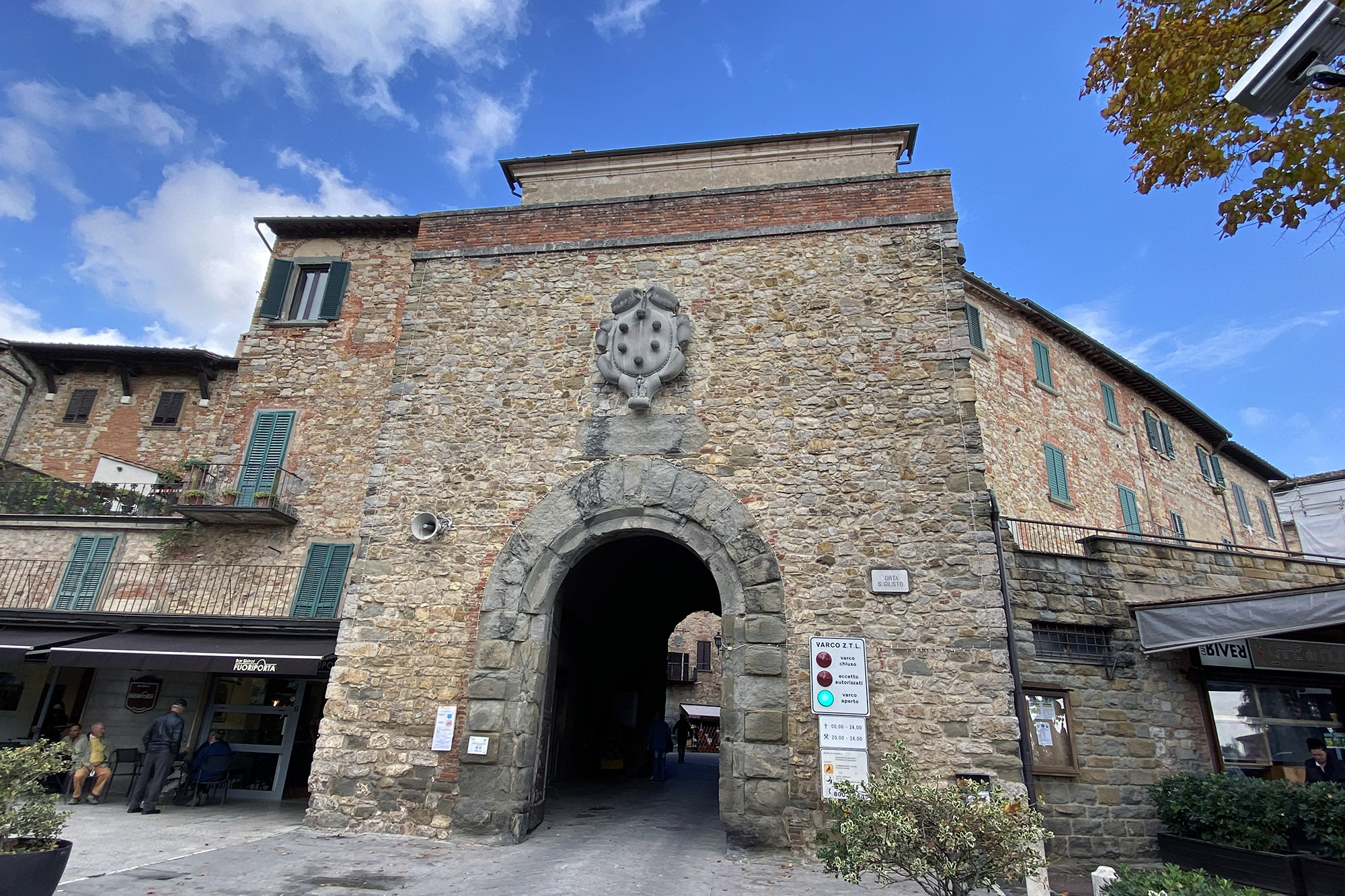
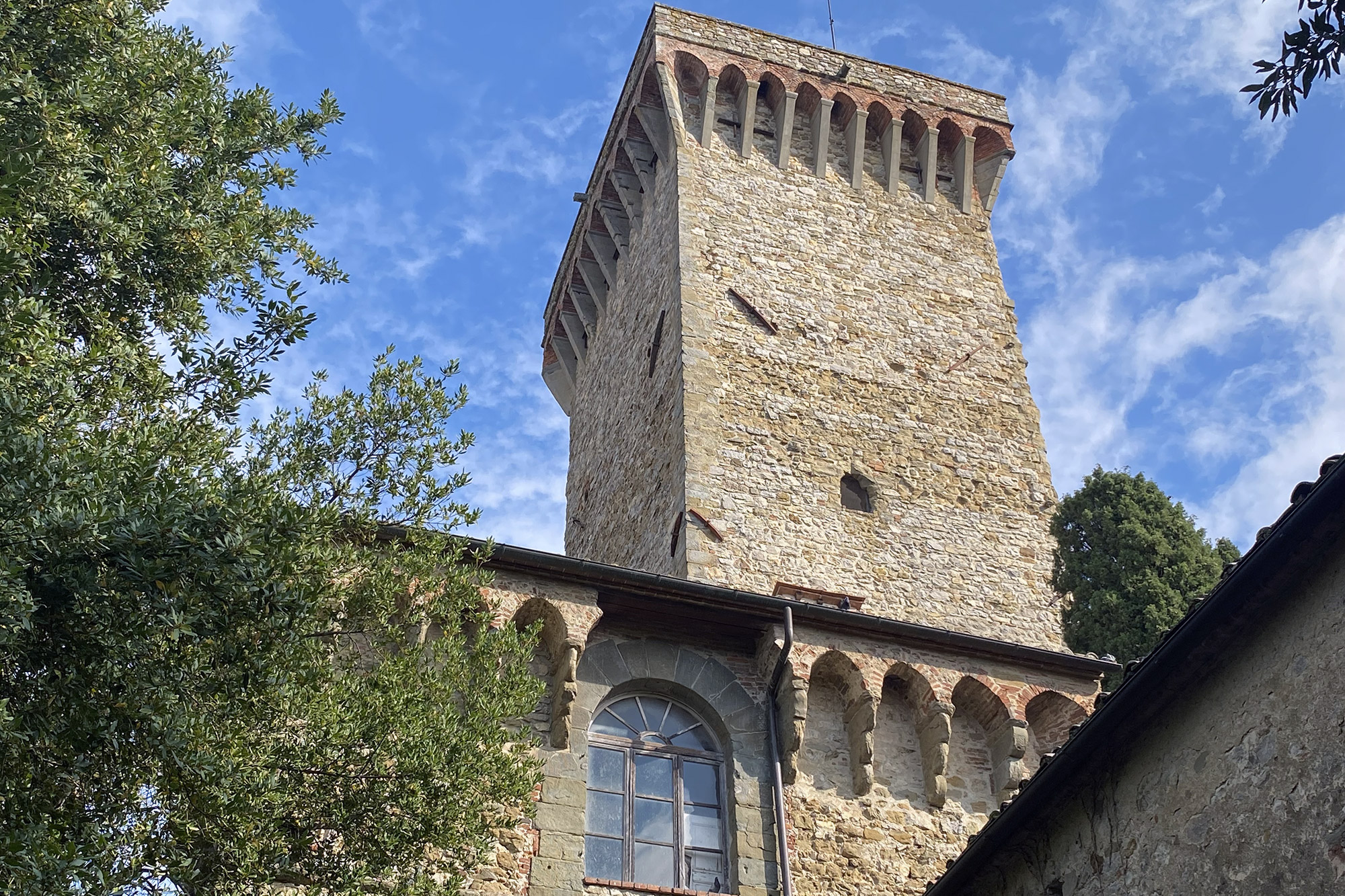
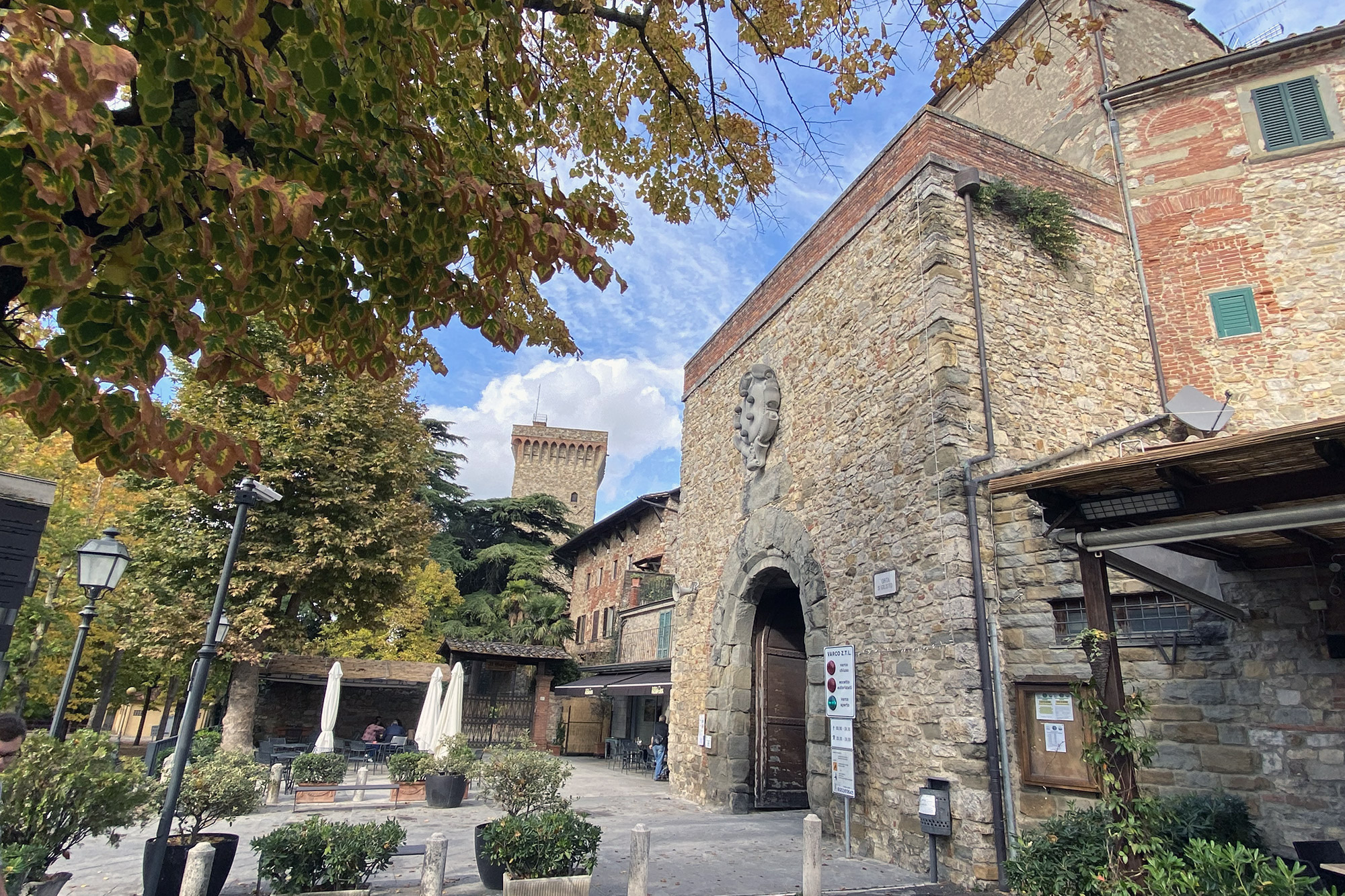
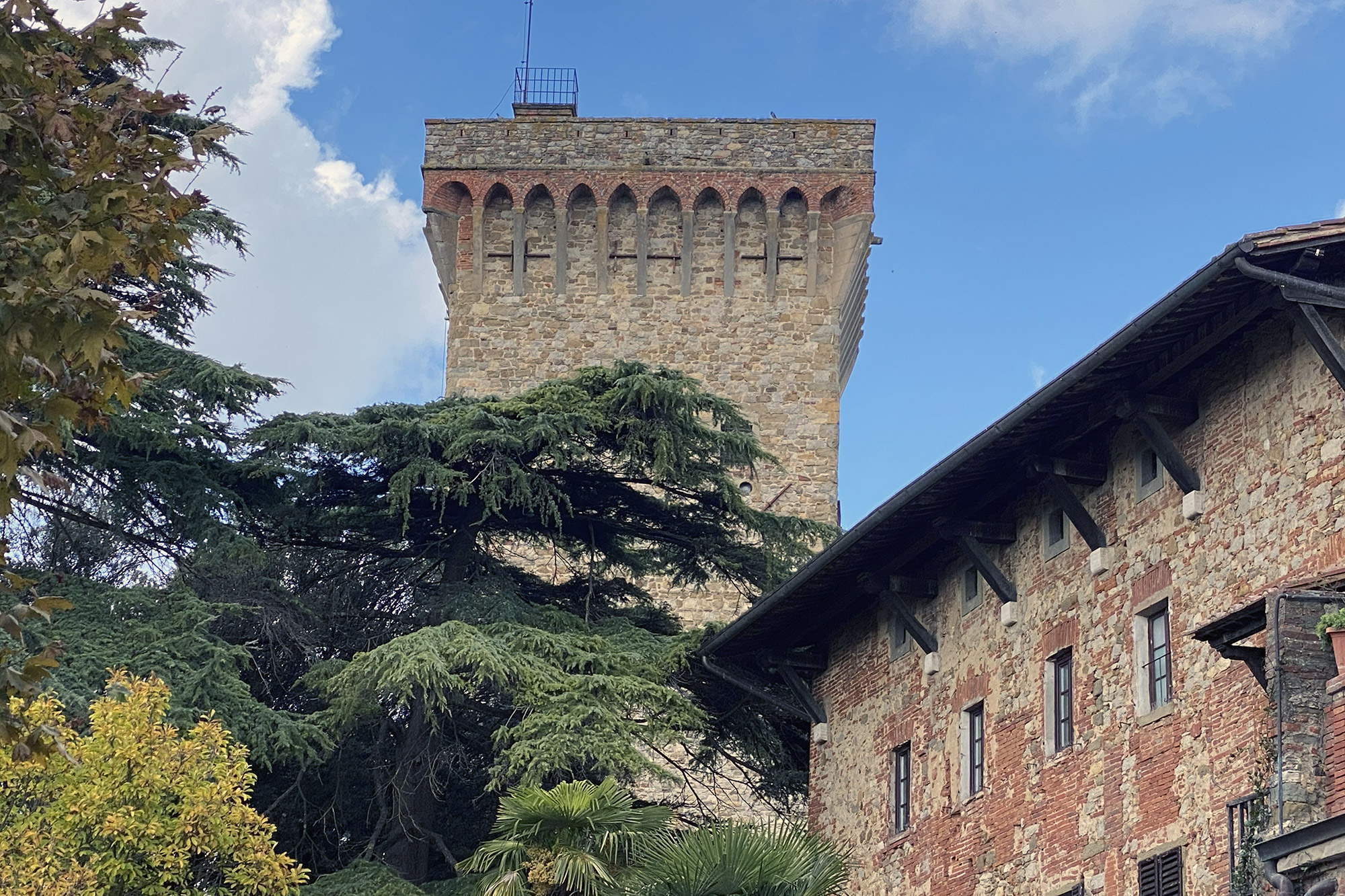
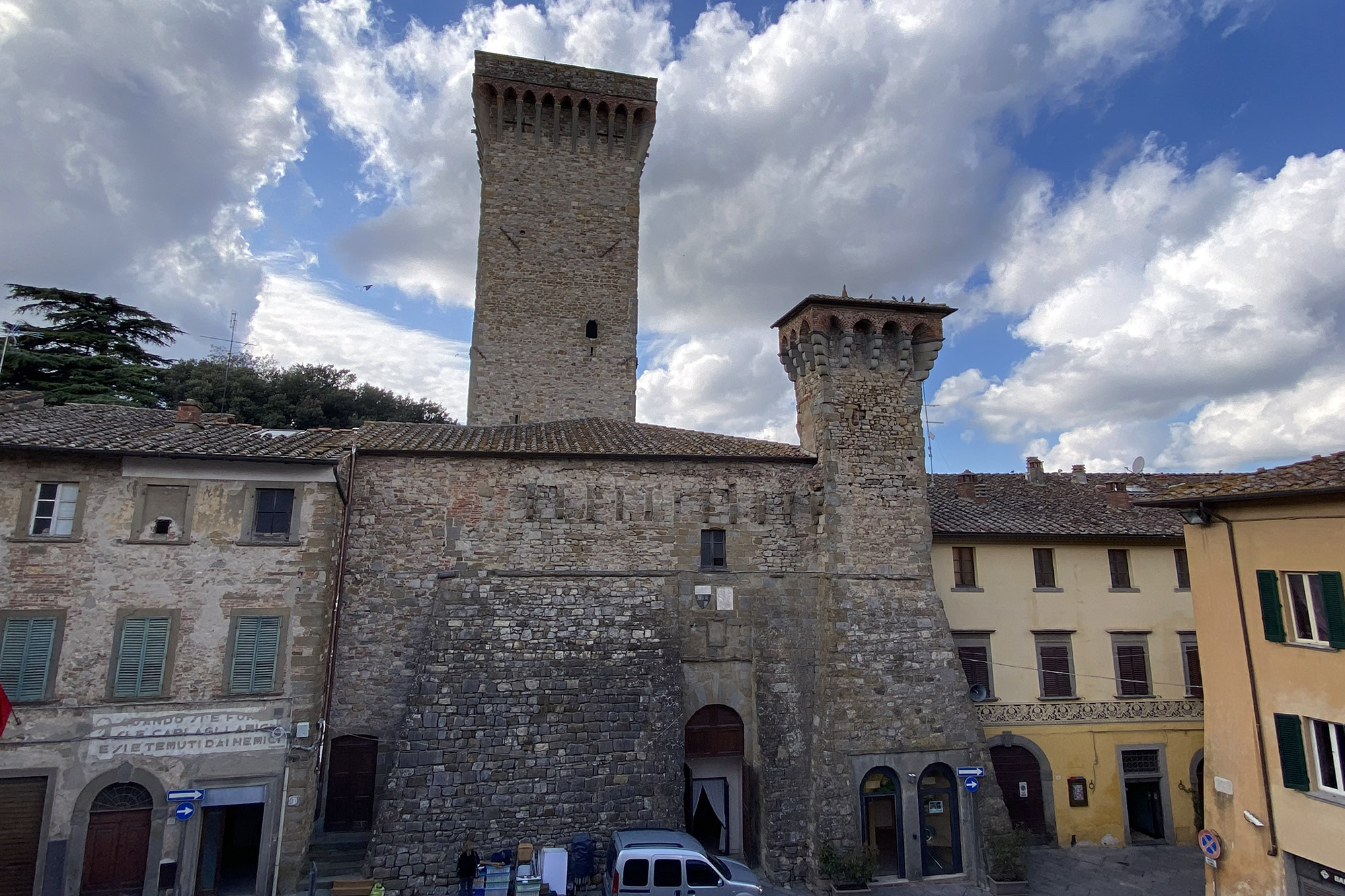
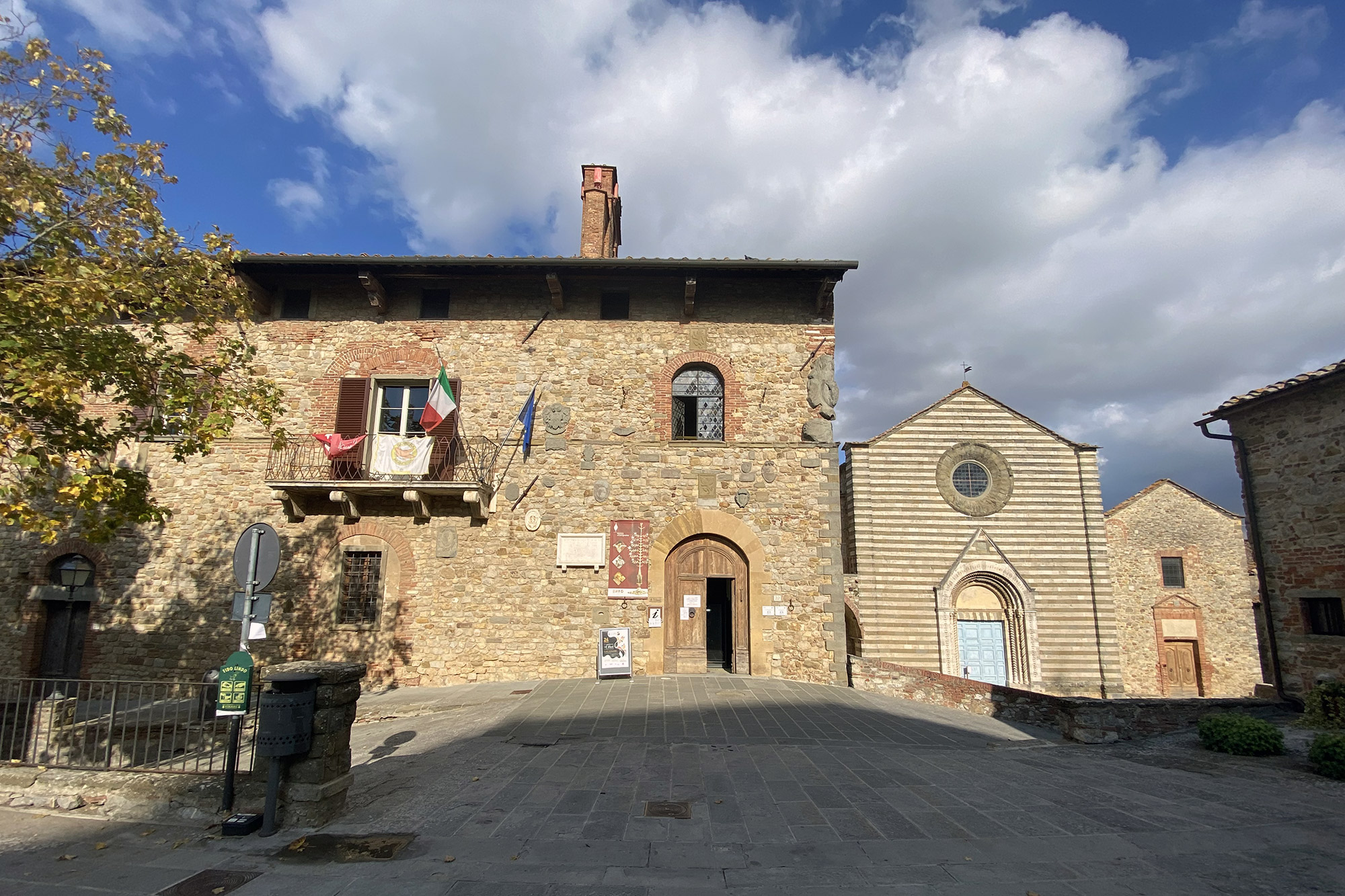
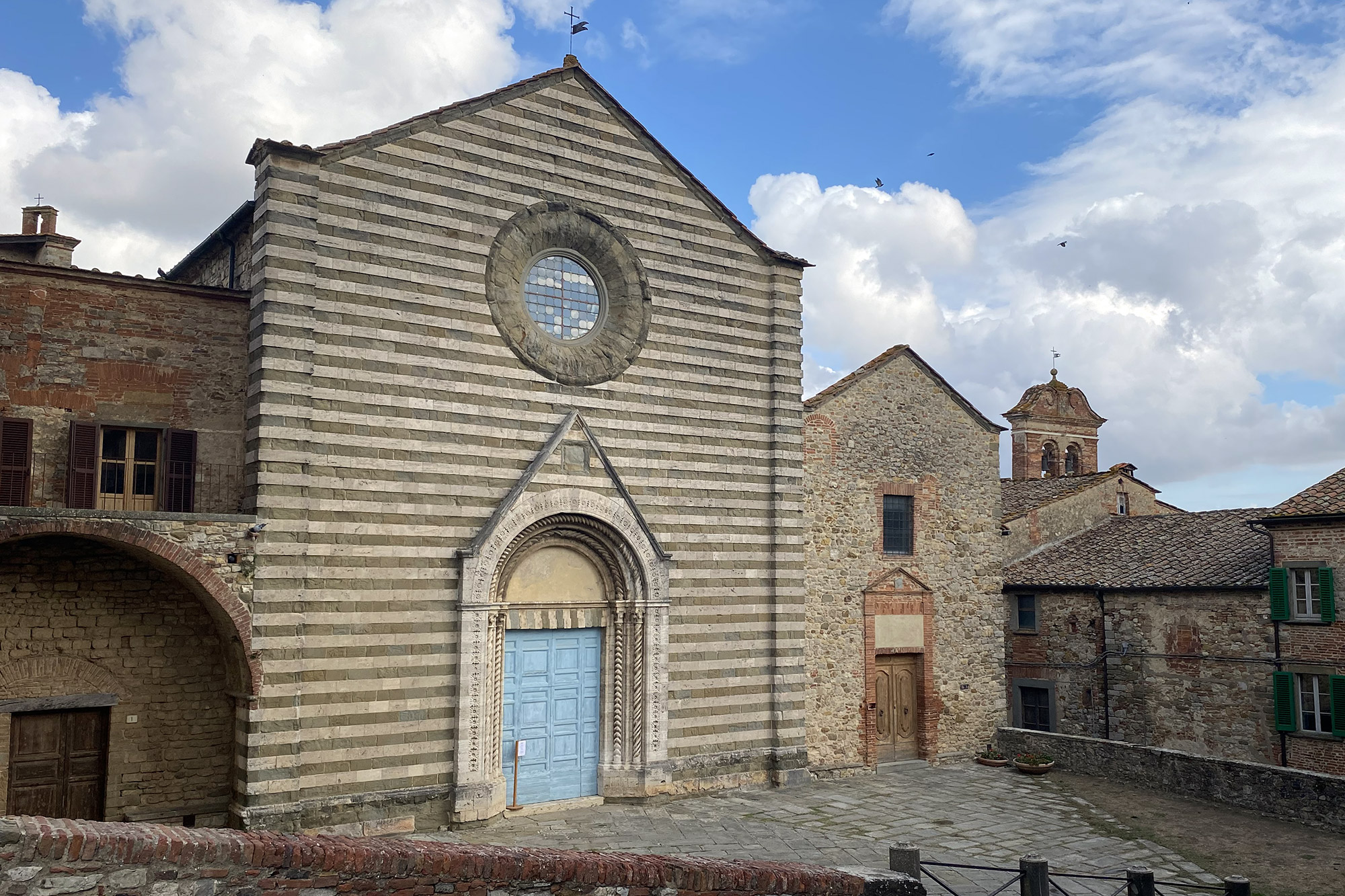
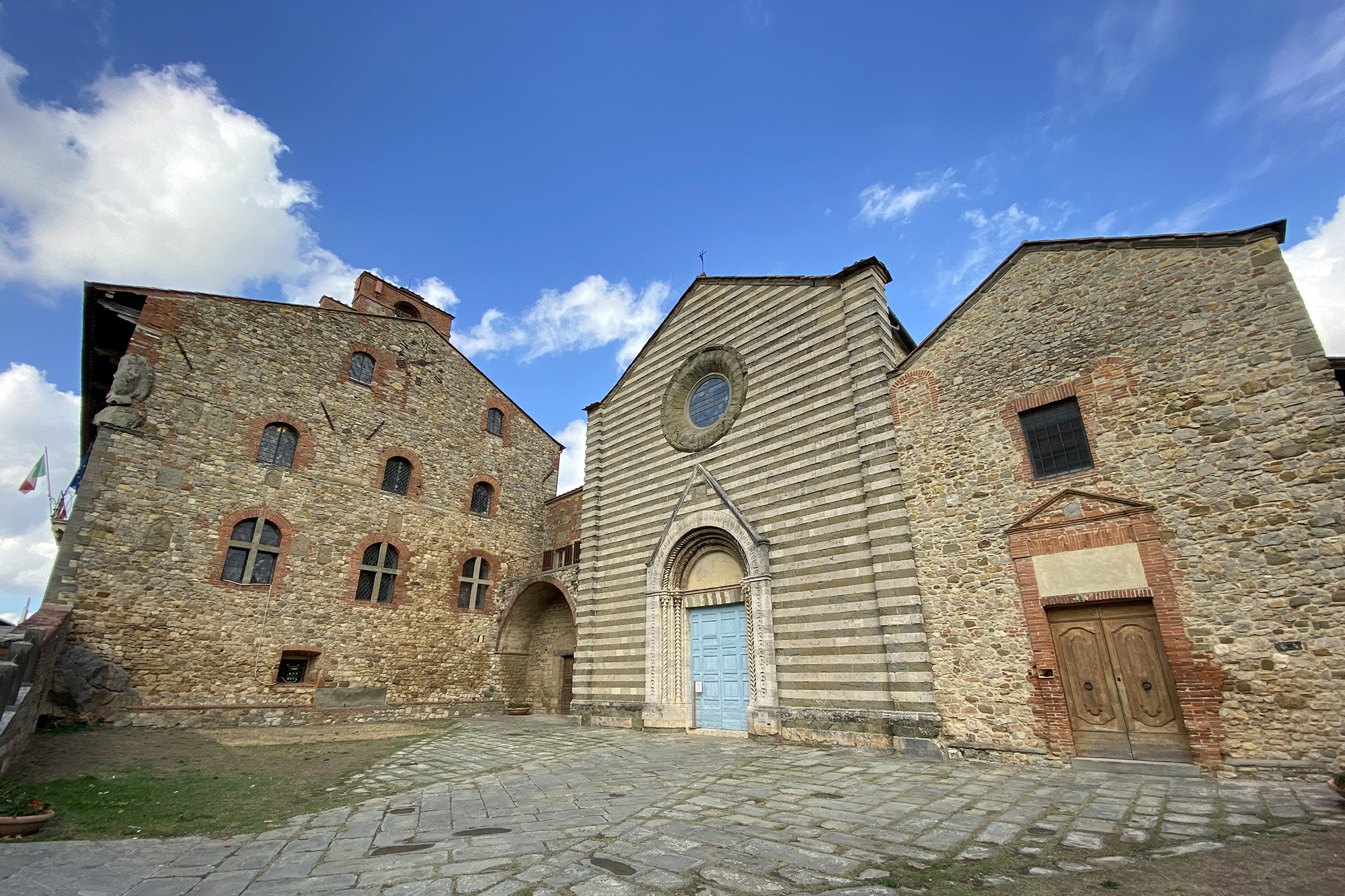
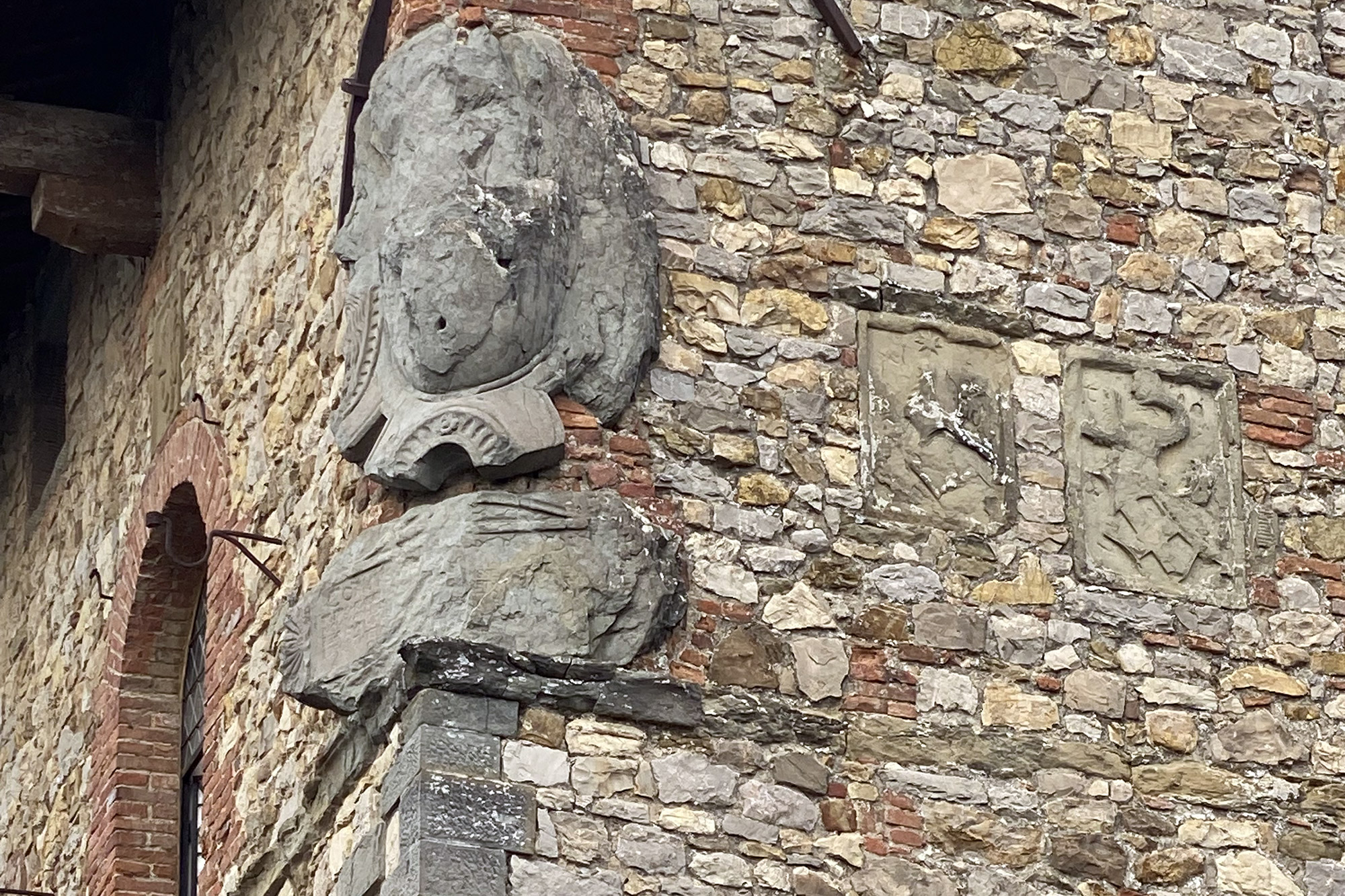
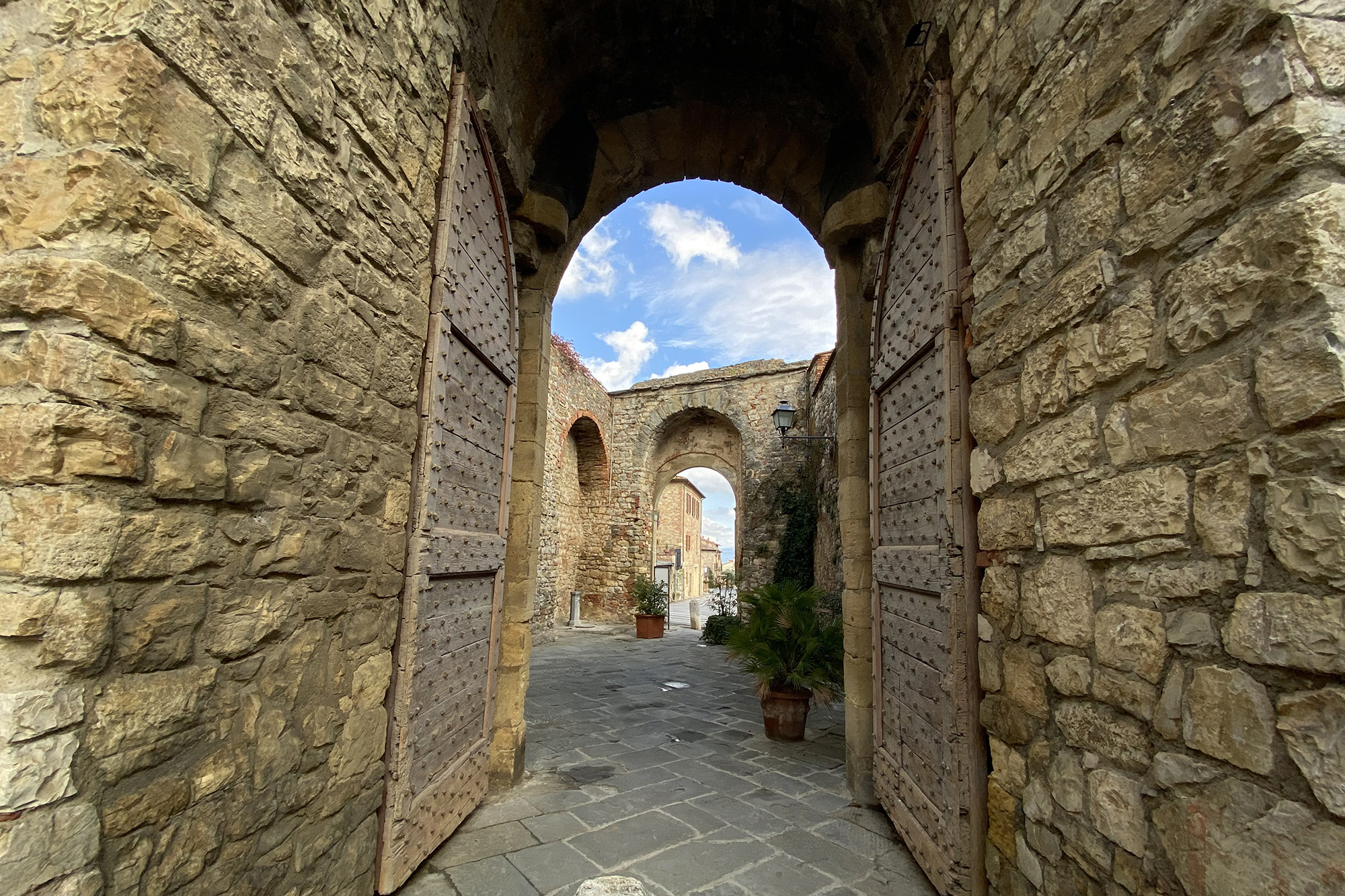
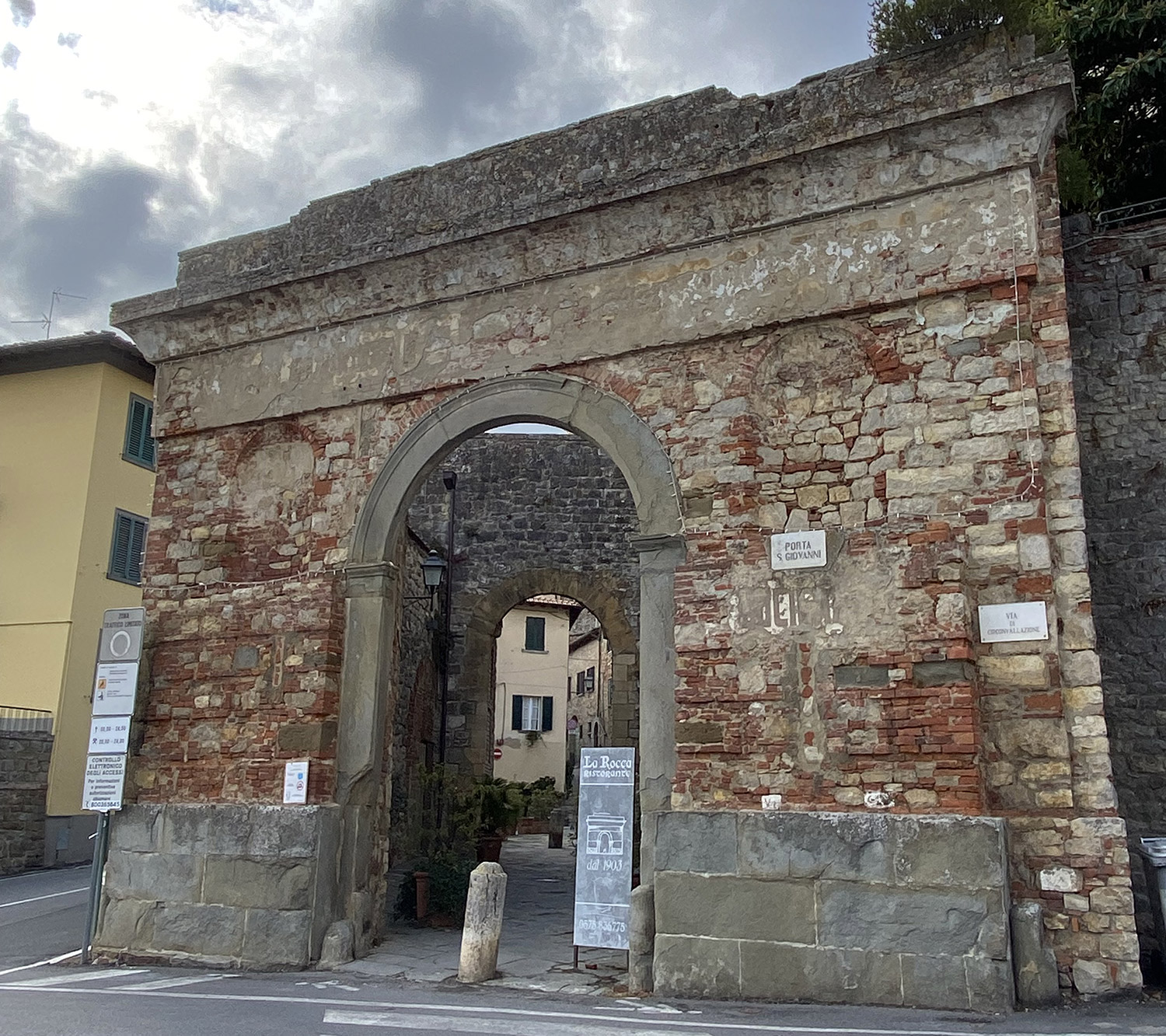
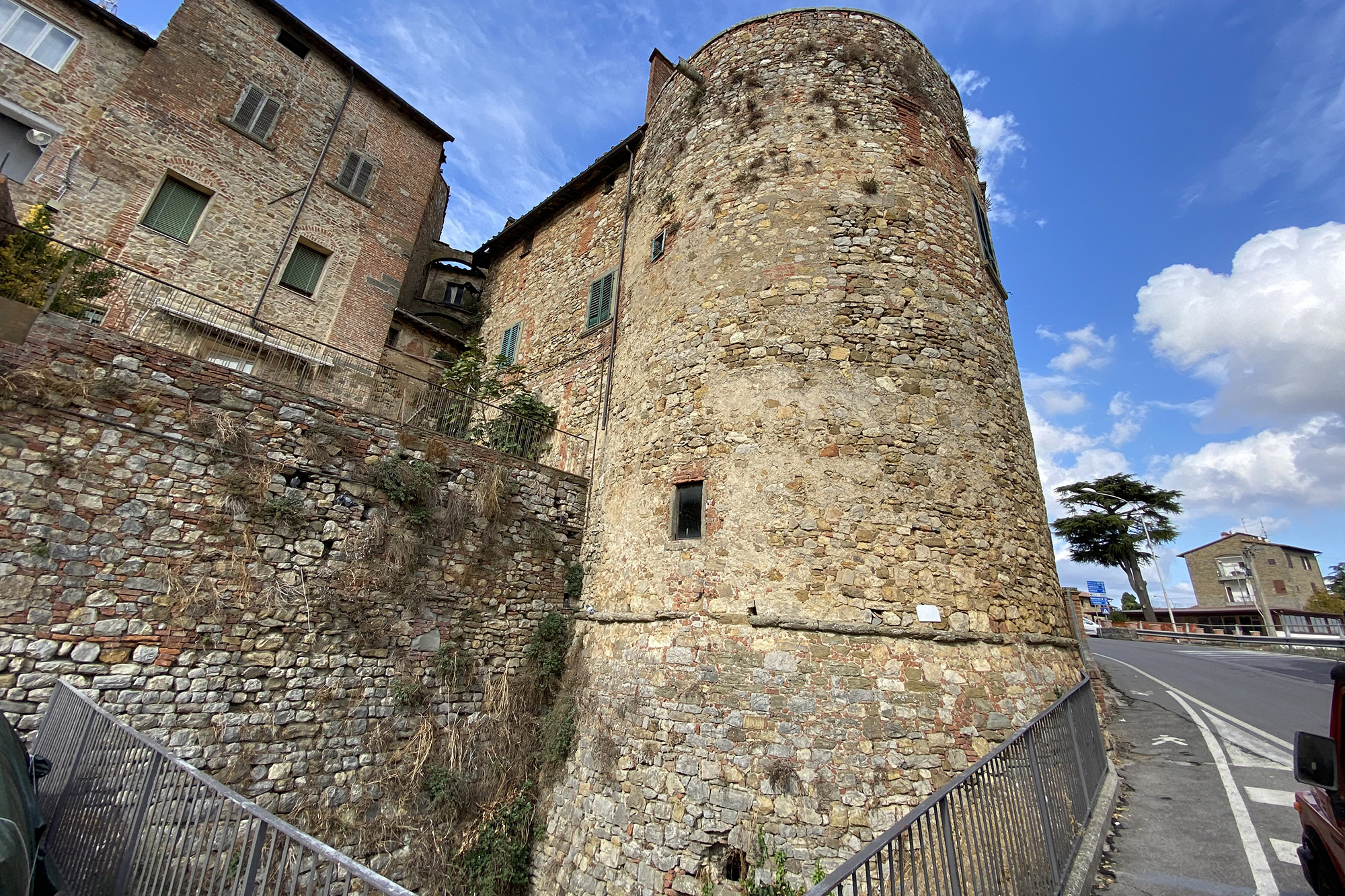
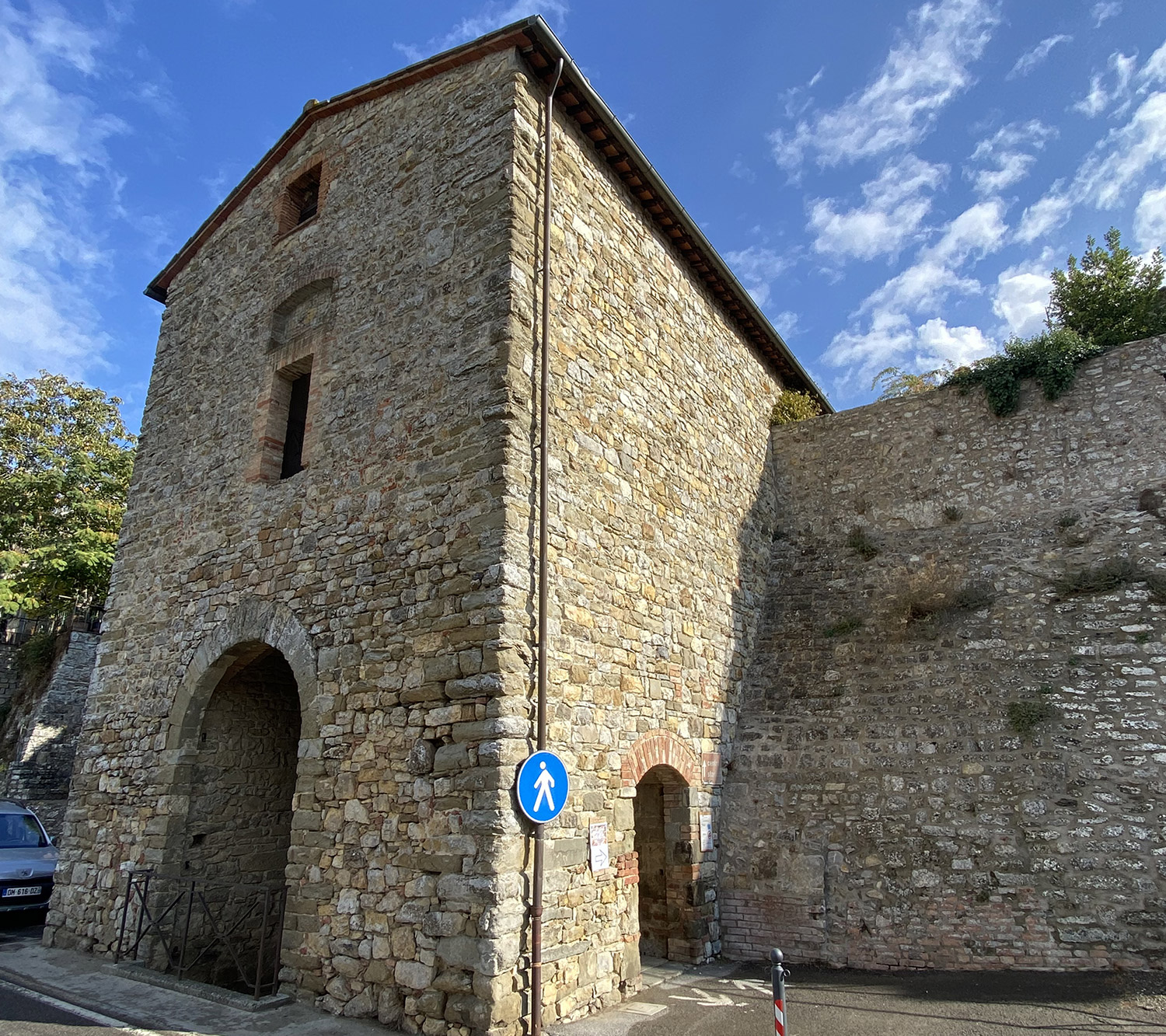
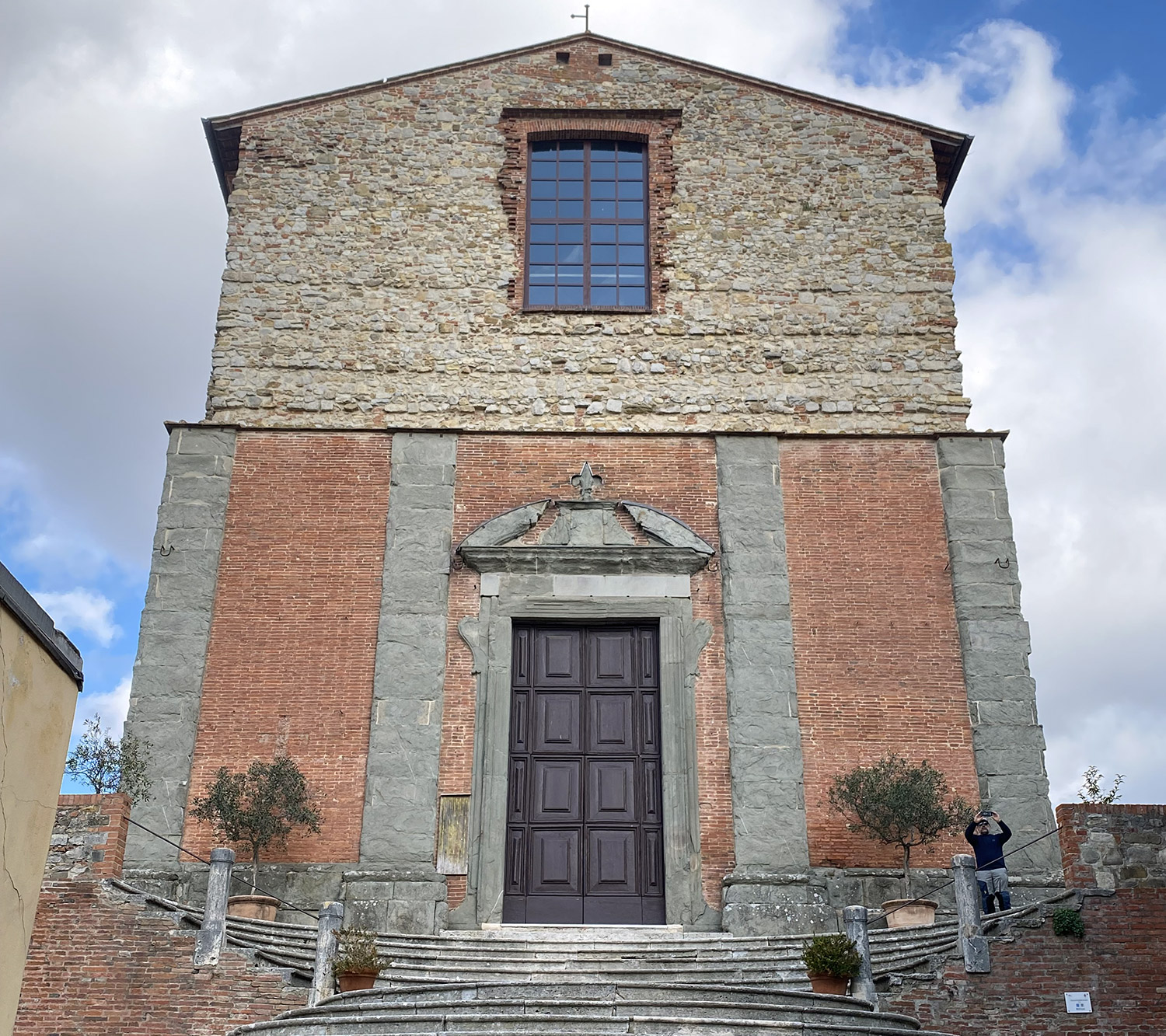















How to reach
Lucignano can be easily reached following the Motorway A1 until the exit Monte San Savino, from which it is approximately 10 km far.
History
Lucignano, a fortified town in southern Tuscany, represents one of the most intact and perfect examples of medieval concentric town planning (realized thanks to the use of ring roads inside the town walls). Its roads are a intricate maze that leads to the highest point of the town, where the Palazzo Comunale, the Chiesa of S.Francesco and the Collegiata rises. The importance of Lucignano is all in its strategic geographic positioning, on a hill of 414 meters at the dominion of the Valdichiana and of the main road of connection between Siena and Arezzo. For this reason, the castle was always strongly hard-fought.
From the 1200s to the 1500s, Lucignano has endured continued passages of jurisdiction between Siena, Arezzo, Florence and Perugia, the city from which it received the coat of arms with the Winged Griffin, to which a star was added. The name 'Lucignano' derives probably from a Roman castrum founded by the consul Licinio, which became 'Lucinianum' after the city was taken by Lucio Silla in the first century AC. The proof of the settlement's antiquity is confirmed by many important archaeological reports of Etruscan age found in this area.
The top of the hill, where the original castle rose, was gradually transformed into a center of political and religious power. In 1371, under the domination of Siena, the works of fortification ended with the finishing of the town walls, of which large parts gifted with some towers still remain, and the three gates: Porta S.Giusto, Porta S.Giovanni, and the so-called Porta Murata, few years later, the Rocca, or Cassero Senese, was built just against the town walls at the integration of the city defense. The Rocca has a square shape, and the architect responsible for its construction was Bartolo Bartoli. From its walls emerges a mighty and high quadrangular tower, equipped of machicolation, while another smaller one comes out from the northeast angle, towards the city, to control the main public square and the Collegiata. The complex is now private property; [in the past years, it contained a cinema!].